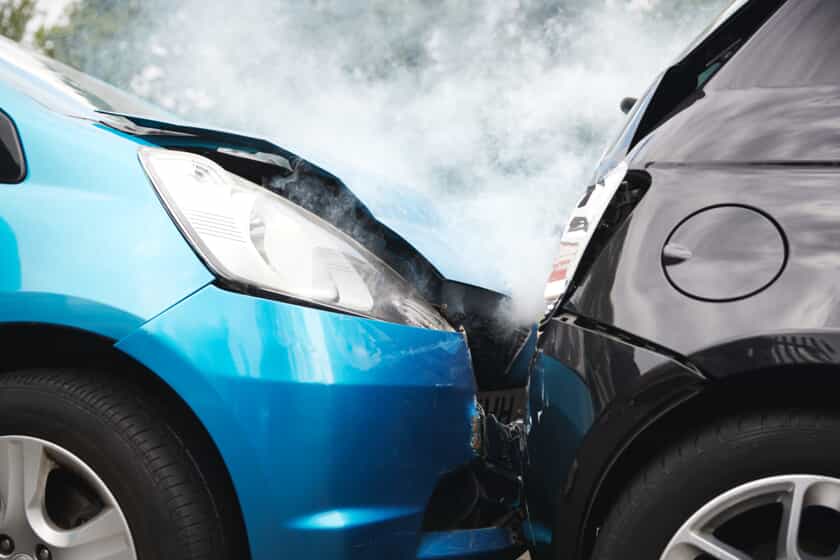
Four wrong-way automobile crashes in the Tampa Bay area alone this year have resulted in 10 fatalities. Officials in the state’s department of transportation are implementing some new strategies in order to prevent or at the very least reduce the likelihood of a wrong-way car crash occurring.
Two pilot programs are already underway; one on Florida’s Turnpike in the southern portion of the state, and the other on Interstate 10 in Tallahassee. The program involves the addition of more visible and much larger signage, adjusting the positions where signage is placed, the addition of new pavement markings, as well as the installation of LED signage that flash a “wrong-way” message, tripped by radar should any vehicle enter one of four Interstate off-ramps going in the wrong direction.
The cost of the pilot programs is expected to be around $350,000, with transportation officials analyzing all data received in order to determine if the effected changes are helping to reduce the amount of wrong-direction entry onto highway off-ramps.
According to the National Transportation Safety Board, there are more than 250 wrong-way crashes that occur in the USA on an annual basis, resulting in approximately 360 deaths. Wrong-way crashes are also the most likely to result in serious life-threatening injuries in addition to causing the most fatalities. According to a spokesman for Florida’s Turnpike Enterprise, Florida officials were not alerted to any spike in the number of wrong-way crashes occurring within the state but recognize that they are on the rise in general and wanted to be proactive in addressing this ongoing problem.
In addition to having drivers entering highway off-ramps, resulting in collisions with exiting vehicles, there is the problem of drivers illegally making U-turns right on the highway rather than seeking an exit ramp, along with the continuing issue of drivers who are under the influence. An investigation by the NTSB two years ago discovered that almost 60% of drivers involved in wrong-way crashes had blood-alcohol levels of more than .15 percent. In Florida, drivers over the age of 21 with an .08% reading are considered DUI.
Implementing technologies involving redesigning off-ramps and the use of radar-tipped equipment to warn wrong-way drivers has already been successfully used in a pilot program in San Antonio, Texas, resulting in a wrong-way crash decrease of 30%.

